Kids With Cancer Kick Out Pain and Breathe in Power in New Study
For kids with cancer, pain is a part of life. But what happens to that pain when you teach pediatric patients martial arts and meditation? With some help from an MRI machine, a group of karate kids, and a St. Baldrick’s Supportive Care Research grant, researcher Dr. Hilary Marusak is going to find out.
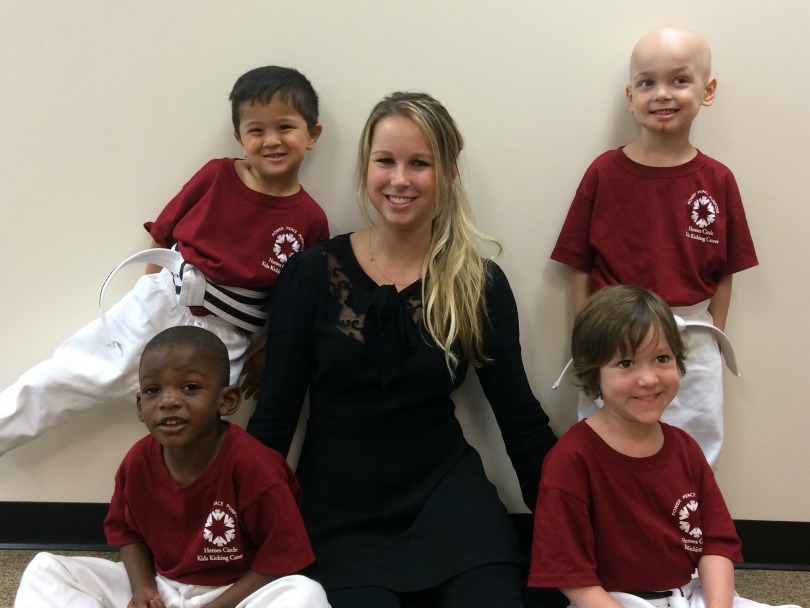
Dr. Hilary Marusak, a postdoctoral research fellow at Wayne State University, visits with a group of young martial artists during a session of the Kids Kicking Cancer program.
Neuroscientist Dr. Hilary Marusak may be new to the world of childhood cancer, but she’s no stranger to what kids with cancer and their families experience every day – stress. Working for the past several years in high-crime parts of Detroit, Michigan, she saw how stresses, like violence and abuse, could harm a child for life.
“The brain, when it’s developing, is really sensitive to these types of adverse experiences,” she explained. “So, that’s why I was really interested in understanding how that affects the brain and how we can intervene and get the brain onto a healthier trajectory for kids who are exposed to those types of experiences.”
Announcing St. Baldrick’s 2017 Summer Grants [VIDEO]
When the school bell rang for summer break, what did you do? Swim like a fish? Swing as high as the stars? Swoon over your summer love? Press pause on reliving those childhood glory days for a second, because we’ve got great news. Together, we are helping kids with cancer get back to being kids — all that summer fun included. Say hello to our 2017 Summer Grants!

Dr. Hilary Marusak received a St. Baldrick’s Supportive Care Research grant for her work studying whether a martial arts therapy that focuses on meditation and breathing techniques can reduce pain — and pain’s negative long-term impact — in kids with cancer and survivors.
Today, St. Baldrick’s is proud to announce our latest round of grants — our 2017 Summer Grants, totaling $23.5 million.
Moving On From Cancer: The Challenges Adolescent and Young Adult Survivors Face
Being a teen or young adult can be tough. Being a teen or young adult who has survived cancer is even tougher. Read on for more about the unique challenges adolescent and young adult (AYA) survivors face, and how a St. Baldrick’s researcher is reaching out to help.
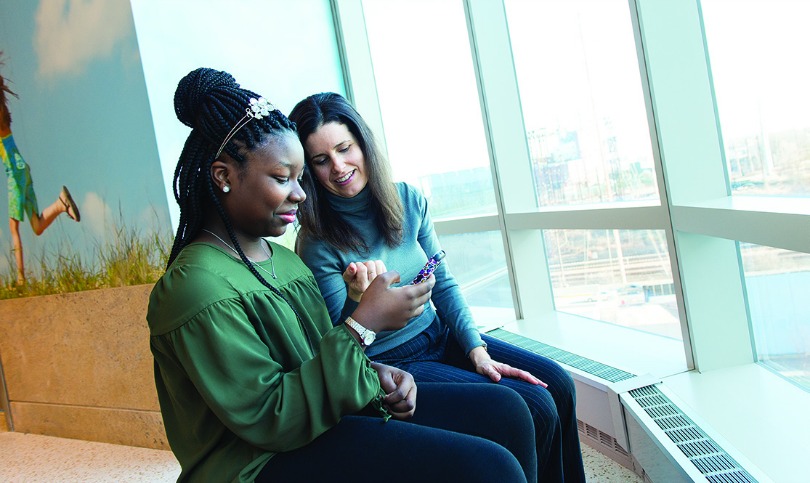
Psychologist Dr. Lisa Schwartz and a patient look at the health app that she’s using in her texting intervention study.
The teenage and young adult years are a time of discovery, a time to map out one’s identity, and to stretch into what could be. Those years are a coming-of-age dance, with a side of hormones, prom dates, and boundary pushing.
Sometimes it’s a little awkward, and maybe filled with more than a few mistakes. But as much as some of us wanted to skip right over them, those years are crucial.
But what happens when cancer is thrown into the mix?
That already rough developmental period gets rockier.
Announcing St. Baldrick’s 2015 Summer Grants
We have some big news that will have you jumping through the sprinkler with joy.
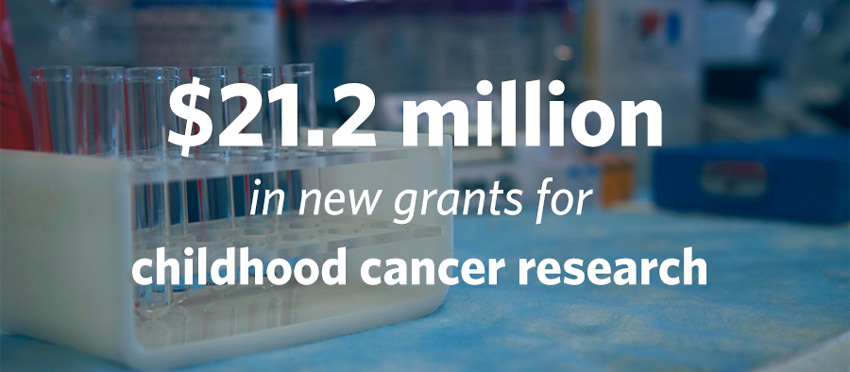
Summer has arrived and so have St. Baldrick’s Summer Grants!
Today we are awarding a whopping $21.2 million in new research grants to scientists across the globe. That’s 70 grants in 48 states and 11 countries, going to researchers making incredible gains in the fight against childhood cancer.
Integrating Brain Tumor Survivors Back Into the Classroom: A Pilot Study
Stay informed about childhood cancer breakthroughs and stories. Sign up for our newsletter.
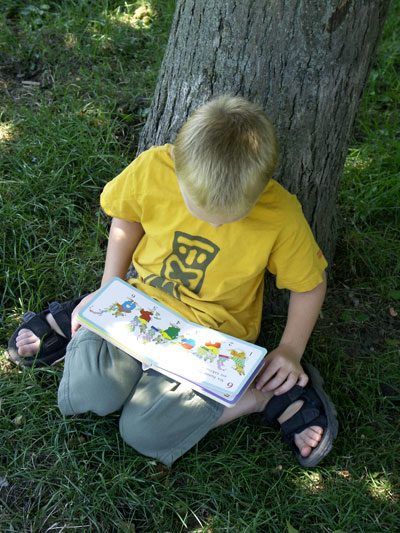
Dr. Noll conducted a school-based study to help brain tumor survivors be more included by their peers. Photo by Sherrie Smith.
Brain tumor survivors are often left with physical and mental scars from their tumor or its treatment — things like slurred speech, jerky movements, memory problems, and learning difficulties, according to Robert Noll, Ph.D., a pediatric psychologist and St. Baldrick’s Supportive Care Research Grant recipient at the University of Pittsburgh.
These same kids are viewed by their peers as “different” and often have difficulty forming and maintaining friendships, Dr. Noll explained. “We know from doing work in classrooms previously that they are isolated, victimized, don’t have friends and aren’t well-liked, as a group,” he continued, adding that this puts them at increased risk for getting picked on and bullied. “I felt like I had an obligation based on the data to try to think of doing something that would make a difference.”
St. Baldrick’s Researcher Puts Care in the Patients’ Hands With an iPad App
St. Baldrick’s Supportive Care Grant Recipient Dr. Lauri Linder used tablets to help adolescent and young adult patients communicate their symptoms and take hold of their childhood cancer treatment experience with both hands. Help researchers like Dr. Linder continue supporting kids with cancer. Donate today.
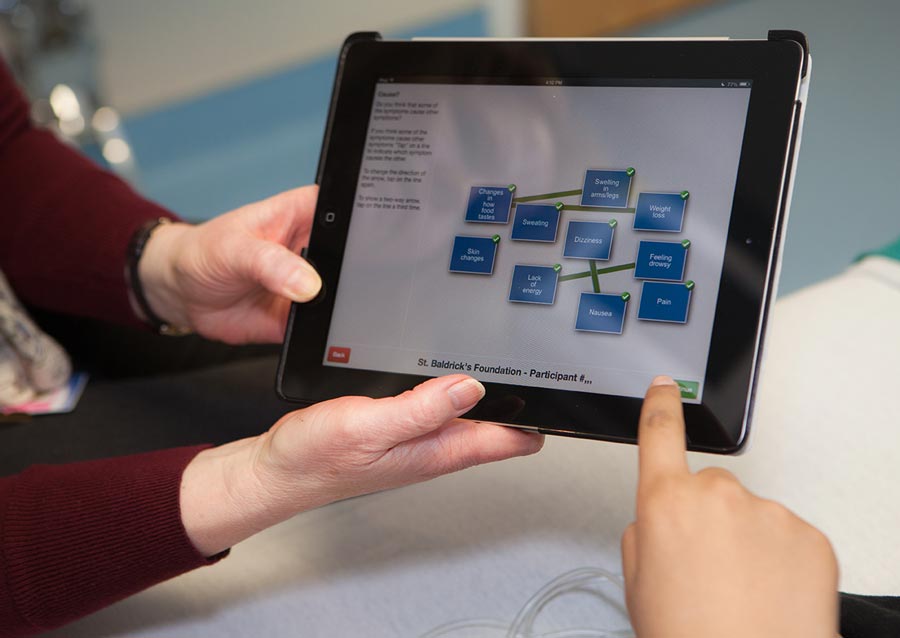
St. Baldrick’s researcher Dr. Lauri Linder developed and studied an iPad app which allowed childhood cancer patients to communicate their symptoms digitally during treatment. Photo by Kristan Jacobsen
St. Baldrick’s Researcher Measures Iron Overload in Childhood Cancer Survivors
In the first study of its kind, St. Baldrick’s Supportive Care Grant Recipient Kathleen Ruccione and her team harnessed the power of the MRI to examine a harmful consequence of childhood cancer treatment — iron overload. Support researchers like Kathleen in their vital work on childhood cancer.
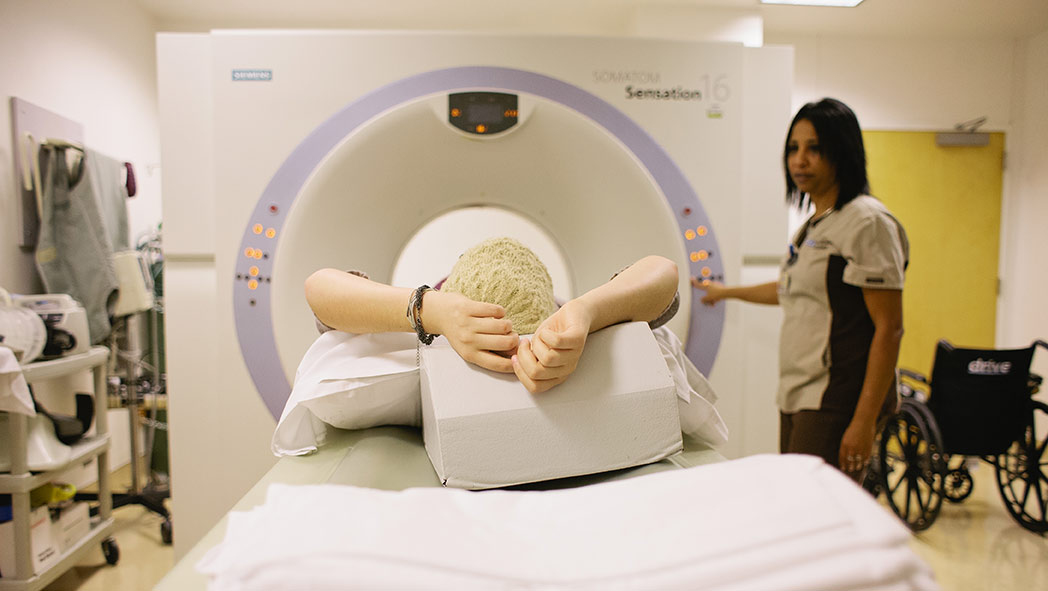
Getting an MRI is a regular part of life for many kids with cancer, like 2013 Ambassador Emily. Dr. Kathleen Ruccione used MRIs in a new and different way — to measure iron overload in cancer survivors.
Kathleen Ruccione, Ph.D., M.P.H., R.N., of Children’s Hospital Los Angeles, or CHLA, wants her St. Baldrick’s-funded study to encourage just that — the development of a protocol to catch iron overload early, so childhood cancer survivors can live long, healthy lives.
2014 Summer Grants: A Record-Breaking Year
It’s the biggest grants release of the year: the St. Baldrick’s Foundation Summer Grants. This year, the announcement is bigger than ever! Don’t miss the video where we surprise some of our researchers with the exciting news. To see the research St. Baldrick’s is funding near you, visit our Grants Search.
You have made 2014 a record-breaking year.
In addition to helping St. Baldrick’s break a world record for head-shaving, this year our incredible St. Baldrick’s volunteers have raised more money for childhood cancer research than ever before — an amazing feat!
All of that hard work is paying off today, as we announce our annual Summer Grants. This is our biggest grant release of the year, and 2014 is a milestone for us all, as we give over $24.7 million in children’s cancer research grants — more than any year prior.
These Pediatric Oncologists Weren’t Expecting This Great News [VIDEO]
We surprised a few recipients of our 2014 Summer Grants with some exciting news — and we caught it all on video.
This is one of the most anticipated times of the year at the St. Baldrick’s Foundation: the time when we are able to turn generously given donations over to the hands of the world’s best childhood cancer researchers.
This year, we added a little twist.
We told these researchers we had one final video interview for them before we would announce our funding decisions.
Watch the video and you’ll see — we tricked them. But it was worth it.
Funding First-Rate Children’s Cancer Research With St. Baldrick’s Summer Grants
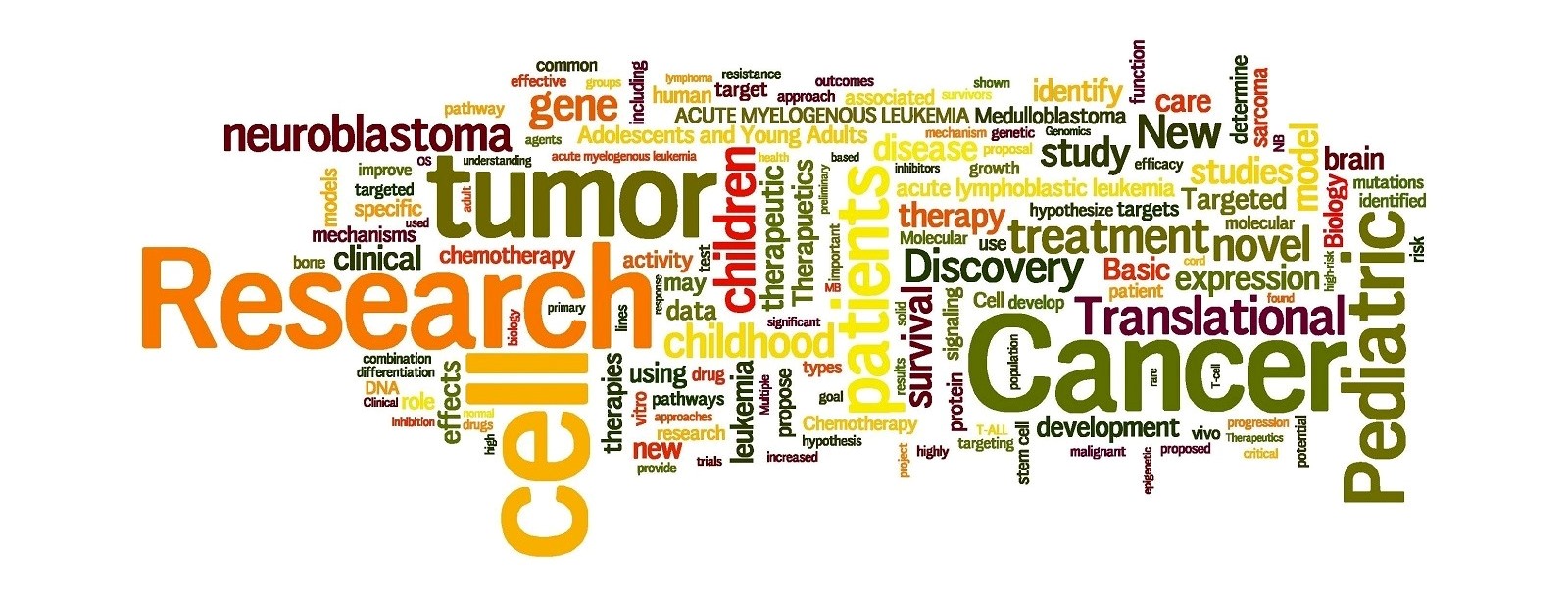
There is something more exciting than barbecues, beach balls, and sprinklers in the summertime at the St. Baldrick’s Foundation. Every summer, childhood cancer research grants are awarded to the best and most-promising researchers and institutions in the world — bringing us one step closer to a cure for childhood cancers.
Here’s how our grant funding cycles work:
Older Posts »

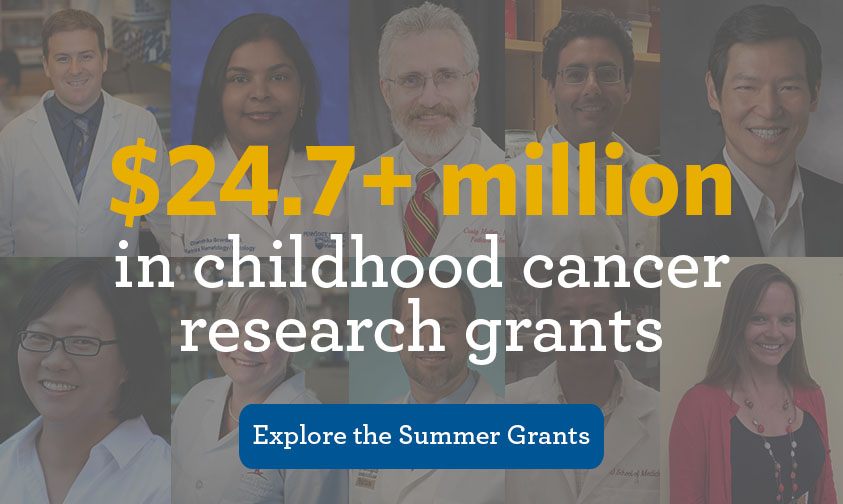
 SBF
Tweets »
SBF
Tweets »